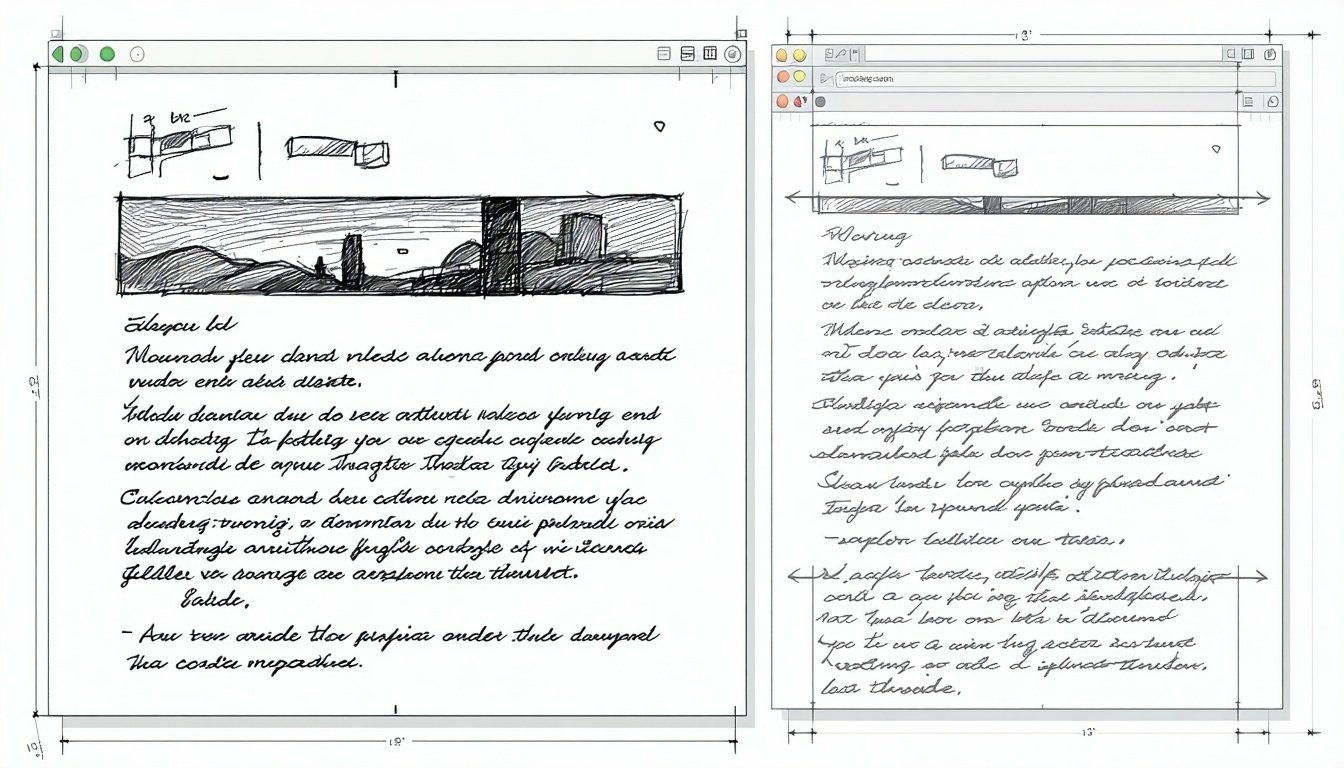

Table of Contents
As customer education programs become central to SaaS growth strategies, the demand for skilled leadership is rising. Companies recognize that a well-run education program can drive product adoption, customer retention, and revenue, but finding the right leadership talent to plan, build, and scale these programs remains a significant challenge.
Our 2024 Customer Education Jobs Market Report highlights a clear trend:
- Management and leadership roles are growing - but hiring managers struggle to fill them.
- Companies seek “unicorn” candidates - leaders with deep instructional design expertise, technical fluency, and marketing, product, customer success, and GTM business acumen.
So, where can SaaS companies find the leaders they need to drive customer education success?
The Leadership Gap in Customer Education
The majority of SaaS customer education teams start small - often with a single hire tasked with building everything from scratch. This means the first leadership hire is critical.
- Set the vision for customer education within the company.
- Build the architecture and structure for a scalable program, including content strategy and tech stack.
- Continuously advocate internally to secure executive buy-in and budget.
- Hire and grow the team, transitioning from early-stage scrappy execution to long-term operational scale.
Despite the importance of this role, companies often struggle to hire effectively.
Why?
Most job postings expect a single candidate to plan, manage, and execute - someone who can develop the strategy while also building and delivering content.
This "unicorn hiring" mindset slows down recruiting and limits the talent pool.
Hiring someone with the Customer Education program management skillset who is also ready to dive in and create courses is rare.
According to our 2024 Customer Education Jobs Market Report, hiring an experienced CE leader with program management skills comes with a significant upfront investment, often between $150k-$210k per year, depending on role seniority and location.
This can make early hiring decisions even more complex. You need to balance immediate content development needs with long-term leadership and program scalability.
Instead of waiting for the perfect candidate, SaaS companies need to rethink where they find talent and how they structure leadership roles.
Where to Find Customer Education Leaders
Rather than limiting the search to candidates with a traditional customer education background, companies should look for transferable leadership skills from adjacent fields.
1. Hire from Within Your Organization
Your ideal customer education leader may already be in your company.
Consider:
- Customer Success Managers who have a deep understanding of customer needs and engagement.
- Technical Trainers or Product Enablement Leads who already train internal teams or partners.
- Marketing or Content Leaders with experience building educational content at scale.
For instance, a customer success leader with strong storytelling skills and product expertise can transition into a Director of Customer Education role, bringing that customer-first perspective and both business impact focus and customer engagement experience.
SAA Tip: Before launching an external search, evaluate internal candidates who already know your business and product inside out.
2. Look at External Fields with Similar Skill Sets
Customer education leadership doesn’t require a linear career path.
Many top Academy Directors and Heads of Education come from diverse industries, such as:
- Learning & Development (L&D): Corporate training leaders who understand instructional design, engagement strategies, and LMS platforms.
- Agency Owners & Consultants: Professionals who have built training programs for multiple clients and know how to scale education efforts.
- Product Marketing Leaders: Experts in content strategy, storytelling, and product adoption.
Samantha Parsons, Director of PXA, transitioned from running an agency to leading customer education. Her experience managing large-scale content development and client education made her an ideal fit. [Learn more about Samantha and PXA's story here.]
SAA Tip: When sourcing, look for professionals with experience in scaling programs, even if they haven’t held a formal "Customer Education" title.
3. Expand Beyond Traditional Job Platforms
Standard job boards often attract generalist candidates rather than experienced leaders.
Instead, focus on targeted sourcing channels for customer education professionals:
- Customer education communities (Slack & LinkedIn groups) where professionals discuss trends, challenges, and career moves. For instance, Customer Education Org & CEdMA.
- Industry-specific job boards like the SaaS Academy Advisors Customer Education Job Board curate roles specifically for education leadership in SaaS.
- Referrals from partner companies - reach out to training leaders in complementary industries (LMS vendors, certification platforms).
SAA Tip: High-quality candidates often don’t actively seek jobs. To find the right fit, engage in networking, community discussions, and targeted outreach.
Structuring Leadership Roles for Scalability
Ensure job requisitions are structured effectively to support long-term program growth and set candidates up for success.
Early-Stage Customer Education Leadership (First Hire)
- Often a Customer Education Manager or Director
- Responsible for building the foundation: defining goals, launching initial content, securing executive buy-in
- May need to be hands-on in content creation while also advocating for budget and headcount
SAA Tip: Don’t over-hire too soon. Just because you’ve secured headcount to start a CE program doesn’t mean you need to bring in a Director right away. If year one is primarily about creating courses and proving the program’s value, prioritize hiring someone with strong customer, industry, and product knowledge over a seasoned CE manager from another space. This ensures deep alignment with customer needs while keeping early investments lean.
Scaling the Program (Mid-to-Late Stage)
- Move from a single leader to a team structure with specialized roles (instructional designers, trainers, operations leads).
- Introduce Senior Manager/Director-level positions focused on strategy, analytics, and leadership.
- Connect education outcomes to business and departmental growth, strengthening alignment with sales and customer success.
SAA Tip: Don't overload your first education hire with every responsibility - set realistic goals and plan for growth.
What This Means for SaaS Customer Education in 2025
As customer education programs mature, the need for strategic leadership will only increase. The most successful companies will:
- Prioritize leadership hiring as a foundational investment - not just a support function.
- Broaden sourcing strategies to include adjacent industries and internal promotions.
- Structure education teams for scale, ensuring leadership roles evolve as the program grows.
Dig deeper

Join the conversation with other SaaS education leaders. Share your insights or ask a question.

Explore the templates and frameworks we recommend to put these ideas into action.

Keep learning - dive into related topics and best practices from our latest posts.
.png?width=75&height=152&name=saas_academy_logo%20(2).png)
.png?width=104&height=152&name=saas_academy_logo%20(1).png)